When it comes to cross-country skiing, you’ve got two main styles to choose from: classic skiing and skate skiing. Both offer a great workout and a fun way to enjoy winter, but they’re different in technique, gear, and the experience they provide.
Here’s the short version:
- Classic skiing is like walking or jogging on snow. It’s easy to learn, great for families, and perfect for groomed tracks or natural trails. Think steady, relaxing, and beginner-friendly.
- Skate skiing is faster and more intense, with a motion similar to ice skating. It’s better for athletes or those who want a high-energy workout on wide, groomed trails.
- Snowfeet* offers a compact, 90 cm ski option that works for both styles. They’re portable, affordable, and don’t require special boots, making them ideal for casual skiers or anyone who wants flexibility without a big investment.
Quick Tip: If you’re new, start with classic skiing - it’s easier to pick up. If you’re after speed and a challenge, go for skate skiing. And if you want something lightweight and versatile, check out Snowfeet*.
Here’s everything you need to know to pick the right style for your goals, skill level, and terrain.
Cross-Country Skiing : Classic vs. Skating | Salomon How-To
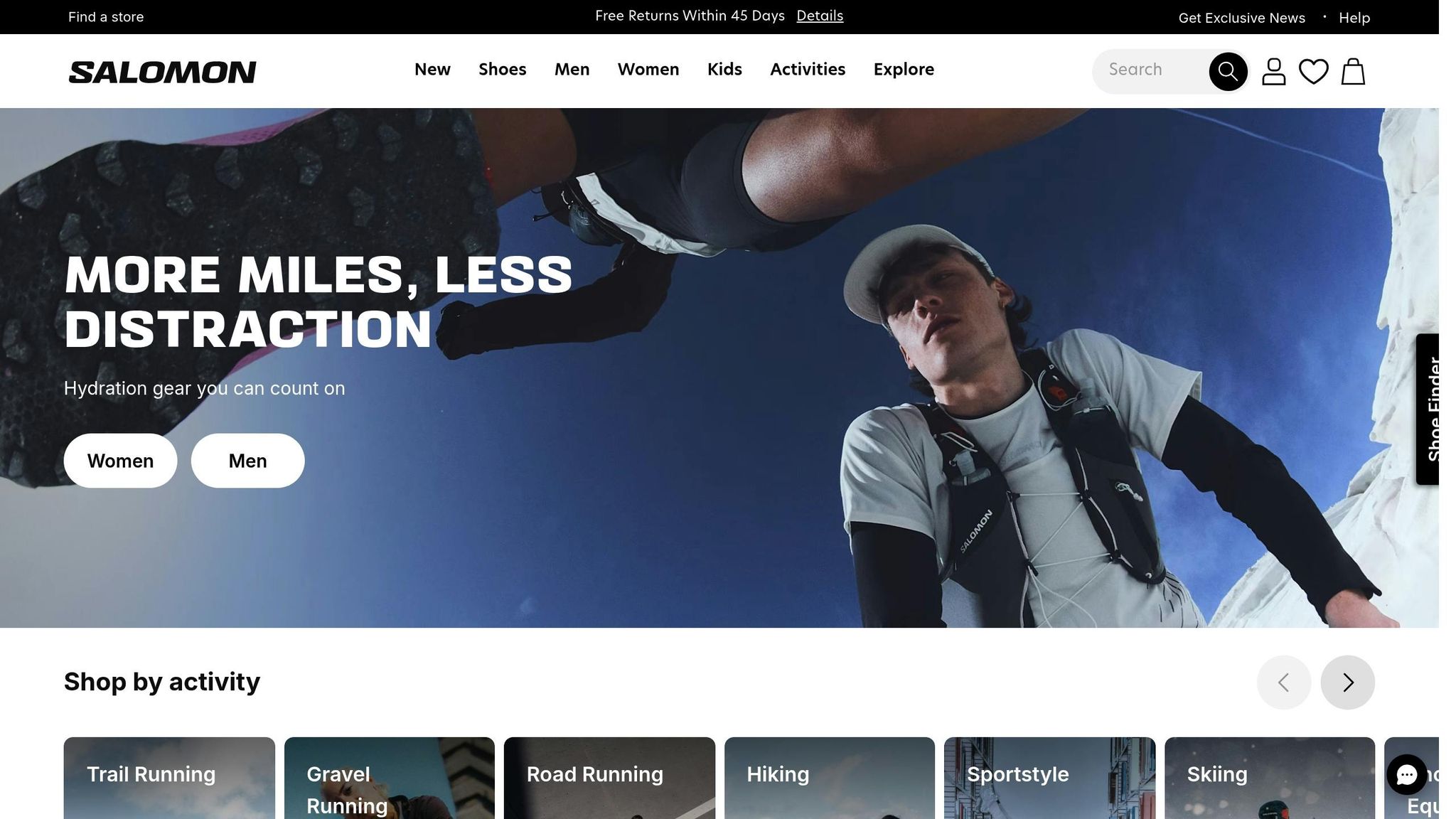
Classic vs. Skating: How Each Technique Works
Understanding the differences between classic and skate skiing helps you choose the right style for your fitness level and terrain. Each technique offers a unique way to experience cross-country skiing, with distinct movements and intensity levels.
Classic Cross-Country Skiing
Classic skiing feels like a natural extension of walking. The skis stay parallel, allowing for a smooth glide that lets you soak in the surroundings.
The technique centers on a kick-and-glide motion. You push off with one ski (the "kick") while the other glides forward effortlessly.
"In classic skiing, the technique is reminiscent of walking - skis remain parallel as the skier alternates arms and legs in a diagonal stride." - Carrie McCusker, TrainingPeaks Coach
This rhythmic, straightforward movement makes classic skiing beginner-friendly. It’s easy to pick up and doesn’t demand advanced balance skills right away.
Classic skiing works a wide range of muscles, including your quads, glutes, core, shoulders, back, hip flexors, and calves. It’s also a fantastic winter workout for runners, as the motion closely mirrors running mechanics. This natural movement shapes gear choices too, like Snowfeet*, which are designed to complement this style.
Skate Skiing
If classic skiing is about simplicity, skate skiing is all about energy and speed. It’s a more dynamic technique, resembling ice skating rather than walking. Instead of keeping your skis parallel, you push off the inside edges in a side-to-side motion, creating a distinctive V-shape.
This technique demands continuous lateral pushes, translating into a faster, more intense workout.
Skate skiing is built for speed. Speeds can reach up to 18.6 mph (30 km/h), and elite skiers typically finish races about 10% faster on groomed trails compared to the classic style. For recreational skiers, the speed advantage can be even greater - 15–20% faster - since skating form is often easier to develop than mastering efficient classic technique.
This style leans heavily on your quads and serves as a strength-building workout. The movement pattern is similar to cycling, making it a favorite among athletes. However, skate skiing comes with a steeper learning curve. Beginners often struggle with shifting their weight properly and managing glide - two key skills that take time to master. But once you get the hang of it, skate skiing offers a thrilling mix of speed, power, and full-body engagement.
Both techniques provide excellent workouts but deliver different experiences. Classic skiing feels like a steady, aerobic session - akin to a long, relaxed run. On the other hand, skate skiing mimics the intensity of interval training, with bursts of effort similar to climbing a steep hill.
Equipment Comparison: Snowfeet* vs. Traditional Brands
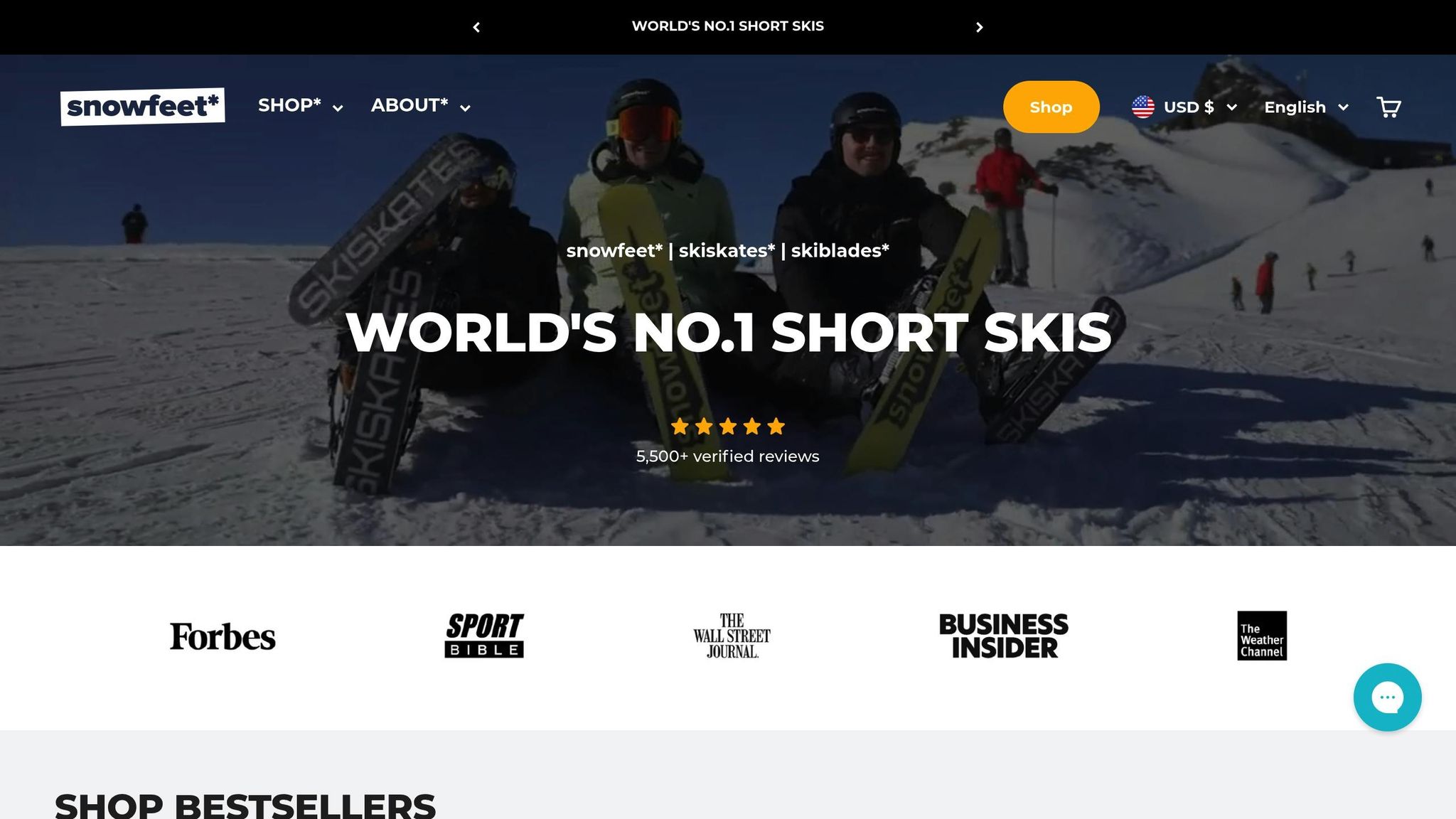
When picking cross-country skiing gear, Snowfeet* and traditional brands like Rossignol, Atomic, Head, and Elan each bring unique strengths to the table. Let’s break down how they compare in terms of design, performance, and cost.
Snowfeet* NORDIC Cross-Country Skate Skis
Snowfeet* has carved out a niche with its compact and versatile design. Measuring just 35 inches (90 cm) in length, these skis are a game-changer for cross-country enthusiasts who value portability and simplicity. They’re easy to stash in a backpack or car trunk, making impromptu ski outings a breeze.
One standout feature is their lightweight design, which eliminates the need for specialized cross-country boots and bindings. Instead, you can hit the trails wearing your regular winter boots or even snowboard boots. This flexibility makes Snowfeet* a family-friendly option, especially for those with varying levels of commitment to the sport.
For beginners, the shorter length is a major plus. It’s far easier to maneuver and turn, allowing new skiers to focus on refining their technique without battling oversized equipment. At 90 cm, these skis strike a balance between control and glide, making them well-suited for groomed trails while still handling packed snow in your backyard or less-than-perfect conditions. They’re designed to adapt to a variety of terrains, offering freedom that traditional setups can’t match.
Traditional Skis: Rossignol, Atomic, and More
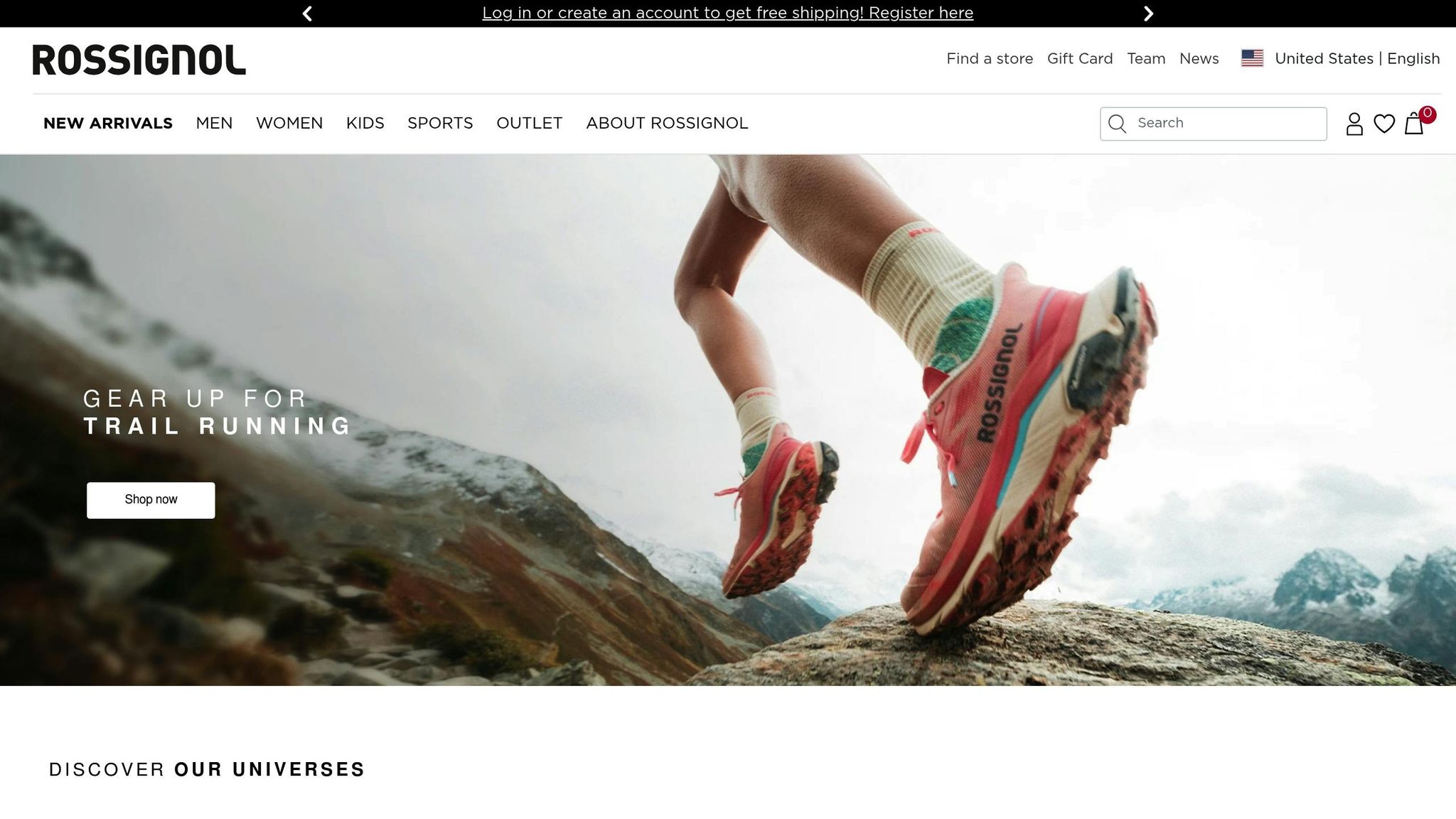
On the other hand, traditional cross-country skis from brands like Rossignol and Atomic typically range from 75–80 inches (190–205 cm) in length. These longer skis excel in stability, particularly at higher speeds or in deeper snow. However, this stability comes at a cost.
Transporting traditional skis can be a hassle. You’ll likely need roof racks, ski bags, or other specialized storage solutions just to get them to the trail. Plus, they require dedicated Nordic boots, bindings, and poles, locking you into a specific setup. Switching between classic and skate techniques? That often means investing in entirely separate equipment.
While longer skis shine in certain conditions, they’re less forgiving for beginners. Tight turns and quick maneuvers can be tricky, which adds to the learning curve and might discourage newcomers. The rigidity of traditional setups also limits technique flexibility, making them less appealing for recreational skiers who want variety.
Cost and Value
Traditional cross-country ski packages can set you back anywhere from $350 to over $3,000. These bundles include skis, boots, bindings, and poles, but the price reflects the specialized nature of the gear. Snowfeet*, on the other hand, starts at just $150 and works with the boots you already own.
This affordability, combined with their versatility, makes Snowfeet* an attractive option. Unlike traditional setups that are tailored to a single technique, Snowfeet* allows you to switch between classic and skate skiing without buying additional gear. For recreational skiers who stick to groomed trails and enjoy quick turns, Snowfeet* offers a practical and budget-friendly alternative. It’s a setup that fits the needs of most casual skiers without the hefty price tag of performance-oriented equipment.
Which Technique Fits Your Goals and Skill Level
Picking between classic and skate skiing depends on what you're aiming for and how comfortable you are on skis. Each style has something special to offer, whether you're chasing fitness goals or just looking for a fun winter outing.
Best for Beginners and Families: Classic Skiing
If you're new to skiing, classic skiing is the way to go. The diagonal stride feels natural, making it easier to pick up, and it's perfect for families since everyone can progress at their own pace.
"For a beginner classic is easier than skate. For an experienced racer, classic is harder." - xcskier66
Classic skiing is great for your heart without being too intense. But as you get better, it becomes more challenging. You'll need to focus on smooth gliding and build upper body strength for effective poling.
Best for Athletes and Fitness Enthusiasts: Skate Skiing
Skate skiing is a full-body workout that’s a favorite among athletes. Its side-to-side motion, similar to ice skating, demands good balance and coordination. While studies show it's only about 10% faster than a well-executed classic technique, that speed boost can make a big difference for competitive skiers or fitness buffs who enjoy fast, dynamic movement.
Skate skiing is also fantastic for cross-training. It strengthens your core, improves balance, and boosts cardiovascular fitness. But keep in mind, it’s trickier to learn at first since the skating motion takes some getting used to.
"Skate is harder to start, but easier to go twice as fast with half the effort!" - tultamunille
Whether you’re looking to build endurance or tackle advanced techniques, both styles offer something rewarding.
Snowfeet*: Works for All Skill Levels
Snowfeet* bridges the gap between beginner-friendly ease and advanced performance. Their NORDIC Cross-Country Skate Skis make both classic and skate skiing more accessible, no matter your experience level.
For beginners, the mini ski design makes turning and stopping easier, so you can focus on learning the basics. This is especially handy for families or those still figuring out which skiing style suits them best, without the hassle of switching gear.
If you’re a hockey player or ice skater, Snowfeet* will feel surprisingly familiar. The skating motion taps into your existing balance and edge control skills. Plus, their lightweight design and compatibility with regular winter boots make getting started a breeze.
For experienced skiers, Snowfeet* keeps things exciting. The shorter skis allow for quicker, sharper turns, making the ride feel faster and more dynamic. Whether you're mastering basic techniques or pushing into advanced maneuvers, these skis adapt to your growing skills in both classic and skate styles.
sbb-itb-17ade95
Terrain and Conditions: Where Each Technique Works Best
The type of terrain you’re on plays a huge role in shaping your cross-country skiing experience. Knowing which technique works best in different conditions can help you make the most of your time on the snow.
Classic Skiing: Groomed Tracks and Natural Trails
Classic skiing is a go-to choice for groomed tracks and natural trails. It’s all about that smooth, rhythmic diagonal stride, which feels right at home on dedicated tracks with parallel grooves - commonly found at many ski areas. But it’s not just limited to groomed trails; this technique works beautifully on scenic paths, park trails, and even ungroomed areas, making it perfect for exploring nature. Roger Lohr sums it up well: "For a first time or inexperienced cross country skier, classic skiing may be the best choice because it is easier to learn and less physically demanding". Now, let’s look at where skate skiing thrives.
Skate Skiing: Wide, Groomed Trails
Skate skiing is a bit more demanding when it comes to terrain. It needs wide, groomed trails - typically about 10–12 feet across - to allow for the side-to-side skating motion. The technique depends on a smooth and consistent snow surface, making it ideal for well-maintained trail systems. But it’s not the best fit for narrow forest paths or ungroomed areas, where space and conditions can be unpredictable.
Snowfeet*: All-Terrain Capability
If you’re looking for something that works just about anywhere, Snowfeet* might be your answer. These compact and versatile 90 cm Snowfeet* NORDIC Cross-Country Skate Skis are designed for all kinds of terrain. Whether you’re navigating tight trails, enjoying open parks, or even gliding through snow-covered urban streets, Snowfeet* delivers. Their shorter length makes sharp turns and smooth glides easy, even in confined spaces. Unlike traditional skis from brands like Rossignol or Atomic that require specific groomed conditions, Snowfeet* adapts seamlessly to different environments. You can take them on groomed trails, backyard snow, hiking paths, or even city streets. Plus, they’re compatible with regular winter boots, so you don’t need specialized bindings to enjoy the winter landscape.
Comparison Table: Techniques and Equipment
Laying out the key differences side-by-side makes it easier to see how classic skiing, skate skiing, and Snowfeet* stack up. If you're stuck deciding which one suits your style, this table breaks down the essentials:
| Factor | Classic Skiing | Skate Skiing | Snowfeet* NORDIC |
|---|---|---|---|
| Learning Curve | Easier to pick up but tricky to master | Tougher to learn but easier to master | Quick and simple to learn |
| Terrain Suitability | Groomed tracks, natural trails, and ungroomed areas | Wide groomed trails | Works on groomed trails, parks, streets, and even backyards |
| Boot Requirements | Soft outsole, low cuffs, specialized XC boots | Rigid outsole, high cuffs, specialized skate boots | Works with any winter boots |
| Ski Length | Long skis with grip zones (fishscales/wax) | Long skis without grip zones | Compact 90 cm length |
| Pole Requirements | Shorter poles (around armpit height) | Longer poles for skating motion | Optional - can be used without poles |
| Portability | Requires roof rack or ski bag | Requires roof rack or ski bag | Fits in a backpack - super portable |
| Initial Cost | Around $350 for boots/bindings/waxless setup | $300–$500 for mid-range gear | $350 for a full setup |
| Maintenance | Waxable models need more care; waxless are easier | Minimal maintenance overall | Low maintenance |
| Speed Potential | Moderate, rhythmic pace | Faster and more aerobic, depending on conditions | Speed varies with technique |
| Weather Adaptability | Handles variable conditions well | Needs consistently groomed snow | Great for changing conditions |
Why Snowfeet* Stands Out
Snowfeet* combines affordability, flexibility, and ease of use in a way that’s hard to beat. At $350, it offers a complete setup for less than traditional ski packages, which can easily top $700. Plus, you don’t need specialized boots - just strap them onto any winter boots you already own.
When it comes to terrain, classic skiing shines on ungroomed trails, perfect for adventurers. But Snowfeet* takes versatility to another level, working on groomed trails, off-road paths, and even urban streets where regular skis are a no-go.
And let’s talk maintenance. Waxable classic skis deliver top-notch performance but require regular waxing. Waxless skis are easier to care for but might not hit the same performance peak. Snowfeet* skips all that hassle, making them perfect for anyone who wants to spend more time enjoying winter and less time fussing over their gear.
Classic skiing offers a gentle learning curve, while skate skiing rewards those who put in the effort to master it. Snowfeet*? They’re all about quick, easy fun - ideal for anyone eager to dive into winter adventures without a steep learning curve. Whether it’s cost, terrain adaptability, or simplicity, Snowfeet* checks all the boxes for a no-fuss, all-fun winter experience.
Conclusion
You don’t have to pick sides between classic and skate skiing anymore. Traditional brands like Rossignol and Atomic still offer fantastic options for die-hard cross-country fans, but Snowfeet* NORDIC skis bring something fresh to the table by blending the best of both worlds.
At just 90 cm in length, Snowfeet* are officially the shortest cross-country skis out there. Their design lets you enjoy the smooth glide of classic skiing on groomed tracks while adding the dynamic, skating-style motion of skate skiing. In short, you’re free to mix it up - no need to stick to one technique or terrain.
What really sets Snowfeet* apart is how accessible they make the sport. Traditional setups, like those from Atomic, can run you $430 or more and require specialized boots. Snowfeet*, on the other hand, work with your regular winter shoes. That means no hefty upfront investment or complicated gear - perfect for anyone curious about trying cross-country skiing without breaking the bank.
Another perk? Portability. Unlike traditional skis, Snowfeet* make it easy to turn any snowy spot into your personal ski trail. Forget planning trips to groomed trails - just toss them in your bag and head to your local park, neighborhood streets, or even your backyard. As Digital Trends put it: "This unique set of footwear can also be used for cross-country skiing, providing a good aerobic workout on flat trails".
Whether you’re a beginner testing the waters, a fitness buff looking to shake up your winter routine, or a seasoned skier seeking a fun alternative, Snowfeet* open up new possibilities. They’ve reimagined cross-country skiing, making it easier, more affordable, and more flexible for everyone.
With Snowfeet*, you’re not just skiing - you’re skiing your way. Break free from the old limitations and embrace the freedom to explore winter on your terms.
FAQs
What’s the difference in difficulty between learning classic and skate skiing?
Classic skiing is often easier for beginners to get the hang of because the movements feel more natural - kind of like walking or hiking. Plus, it doesn’t demand as much physical effort, which makes it perfect for anyone new to cross-country skiing or just looking for a laid-back way to enjoy the snow.
Skate skiing, on the other hand, can be a bit trickier to learn. It takes more balance, coordination, and a good level of fitness since the technique is similar to ice skating and requires more energy. That said, once you get the hang of it, skate skiing can be incredibly satisfying, especially if you’re after a faster, more athletic skiing experience.
Not sure where to begin? Think about your fitness level, what you want out of skiing, and the type of terrain you’ll be on. For something a little different, check out Snowfeet* NORDIC Cross-Country Skate Skis (90 cm). They’re compact and lightweight, making them easier to handle than traditional skis. It’s a fun and approachable way to dive into skate skiing, whether you’re just starting out or already have some experience.
How are Snowfeet* different from traditional skis, and why are they better for beginners?
Snowfeet*: A Lightweight Take on Winter Sports
Snowfeet* bring a whole new vibe to hitting the slopes, especially for beginners. With their lightweight and compact design, they're easy to carry, simple to strap on, and way less intimidating than traditional skis. Unlike the bulkier options from brands like Rossignol or Atomic, which often demand more advanced skills, Snowfeet* are all about quick learning and having fun right off the bat.
Their short length and clever bindings make it easier to start turning and keep your balance - perfect for anyone just starting out. Sure, traditional skis might have the edge (literally) when it comes to icy terrain, but Snowfeet* focus on being versatile and portable. They’re the go-to option for anyone looking to dip their toes into winter sports without lugging around heavy gear.
What’s the best cross-country skiing technique for different terrains and weather conditions?
The best cross-country skiing style often depends on the type of terrain and the weather conditions. Classic skiing is the go-to choice for flat or gently rolling landscapes, especially when the snow is softer or the weather is milder. This technique, which uses a diagonal stride, is perfect for those who prefer a more leisurely pace or enjoy skiing on ungroomed trails.
Meanwhile, skating techniques like V2 or V2 Alternate shine on groomed trails, steeper terrain, and firmer snow - particularly in colder conditions. For these scenarios, the Snowfeet NORDIC Cross-Country Skate Skis* stand out as a top pick. Their shorter 90 cm length and lightweight design offer outstanding control, speed, and efficiency on icy, groomed trails. Compared to traditional options from brands like Rossignol or Atomic, these skis cater to skiers who crave a more dynamic and agile experience.
To sum it up: go for classic skiing when tackling softer snow and flatter terrain, and opt for skating techniques on firmer snow and groomed paths. If you're after a modern, versatile option, Snowfeet* delivers performance that meets the demands of today's skiers.

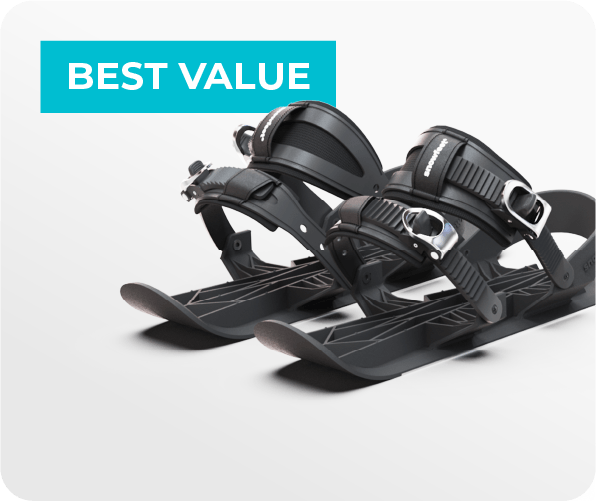



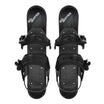
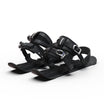
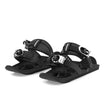
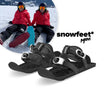
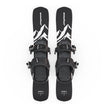
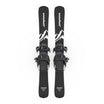

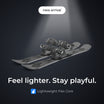
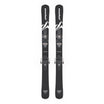
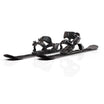
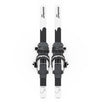


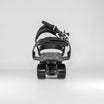

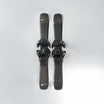



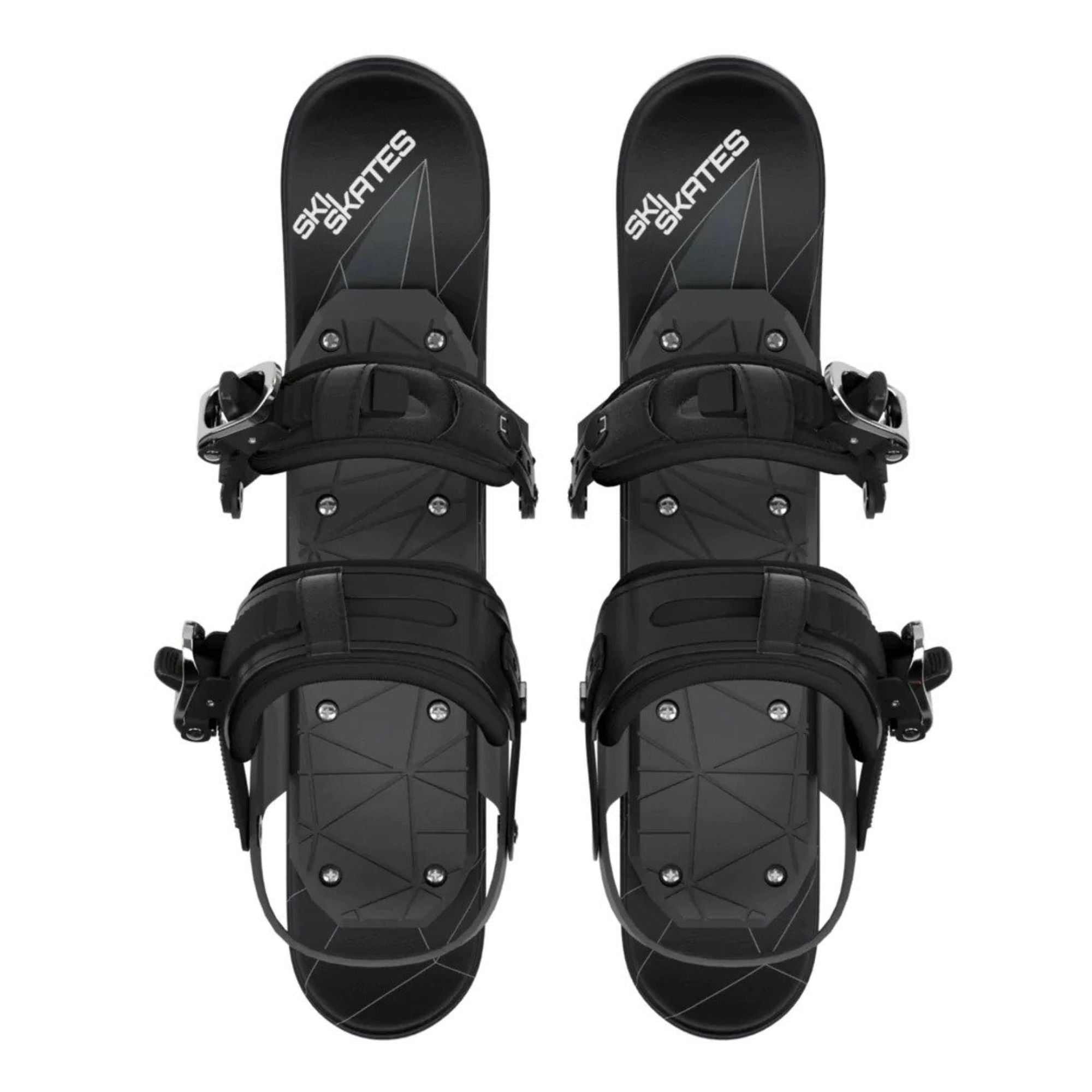
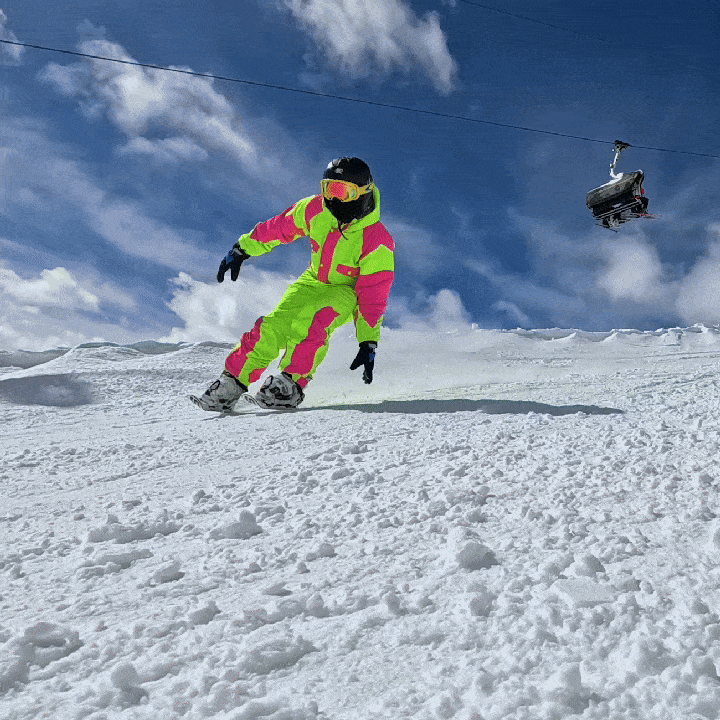
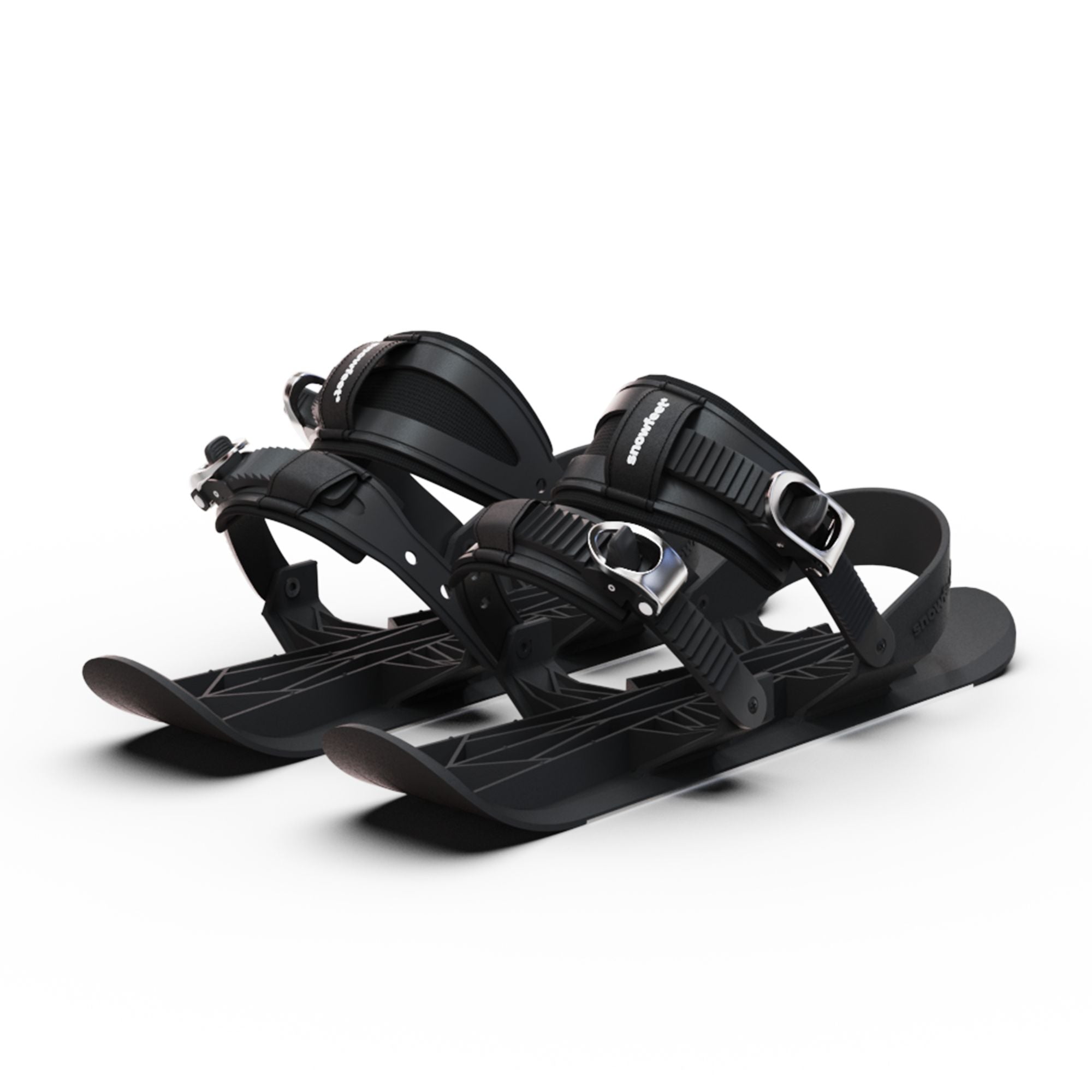
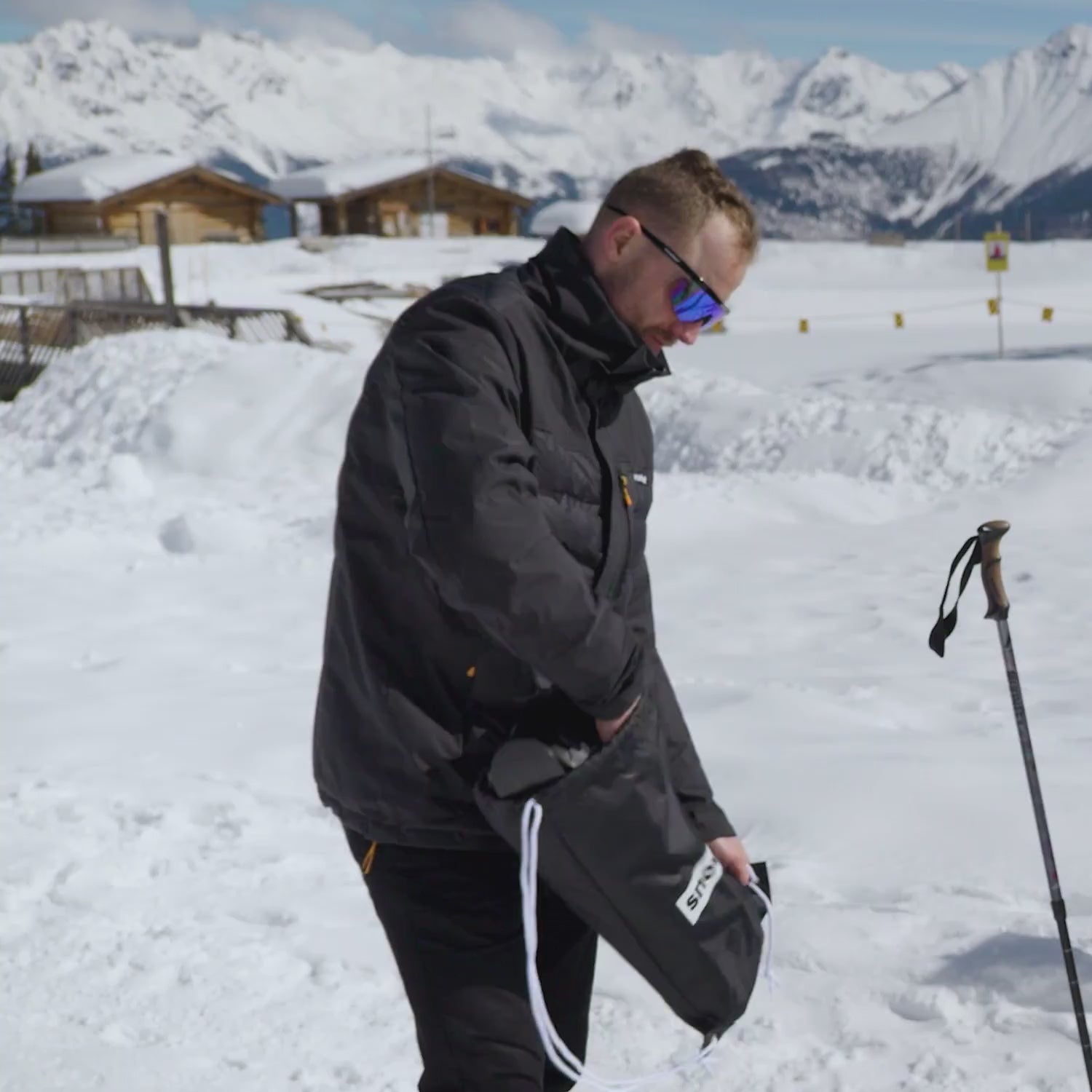
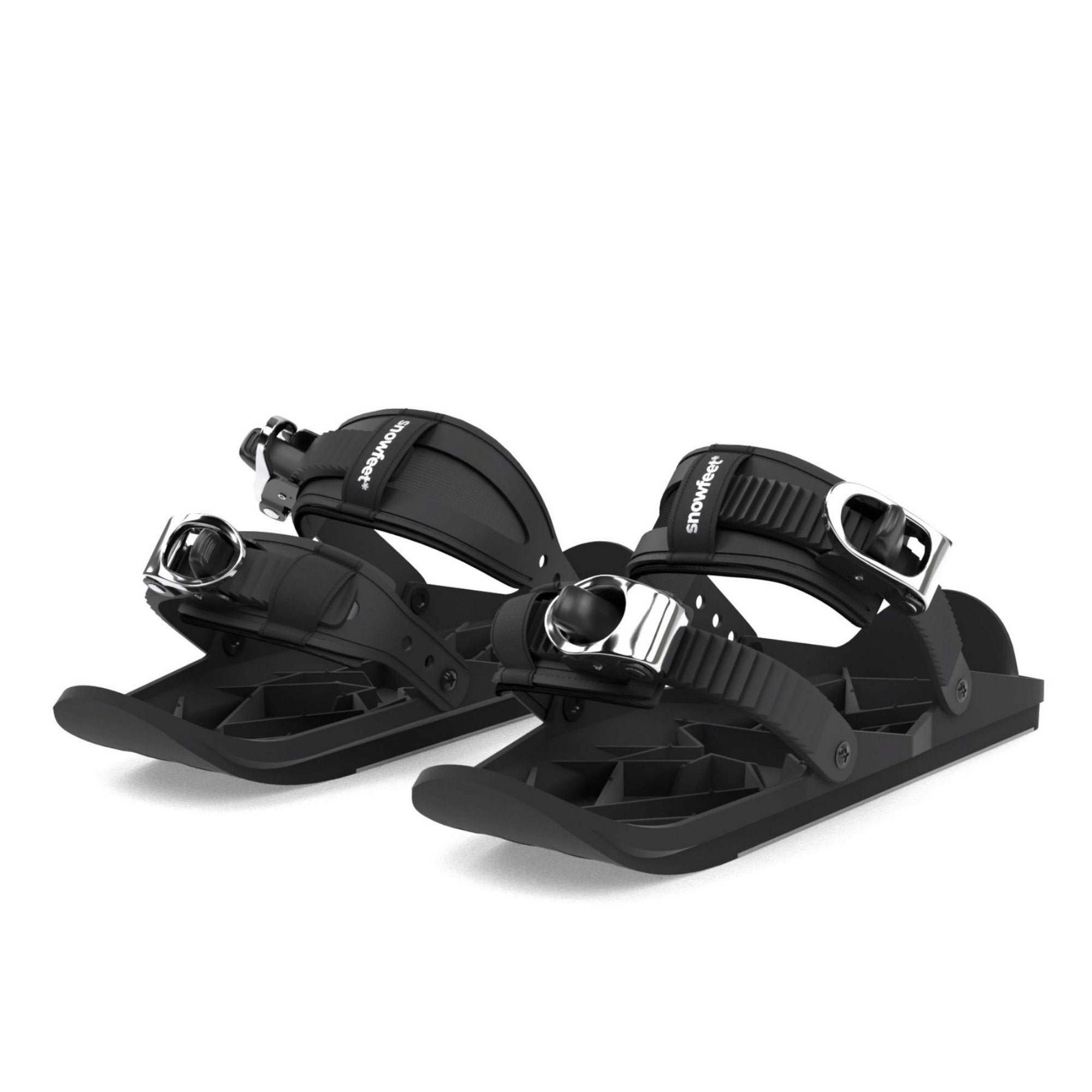
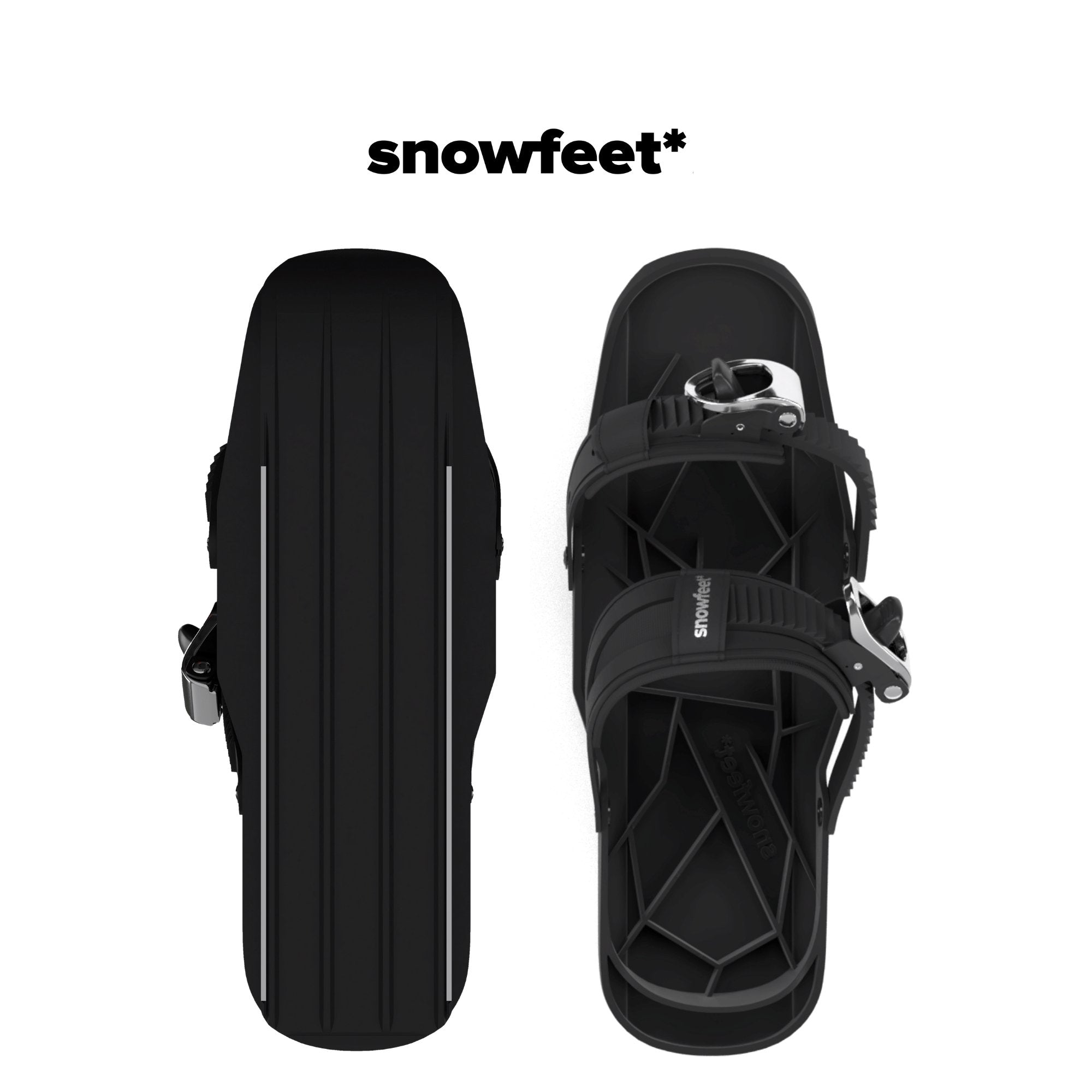
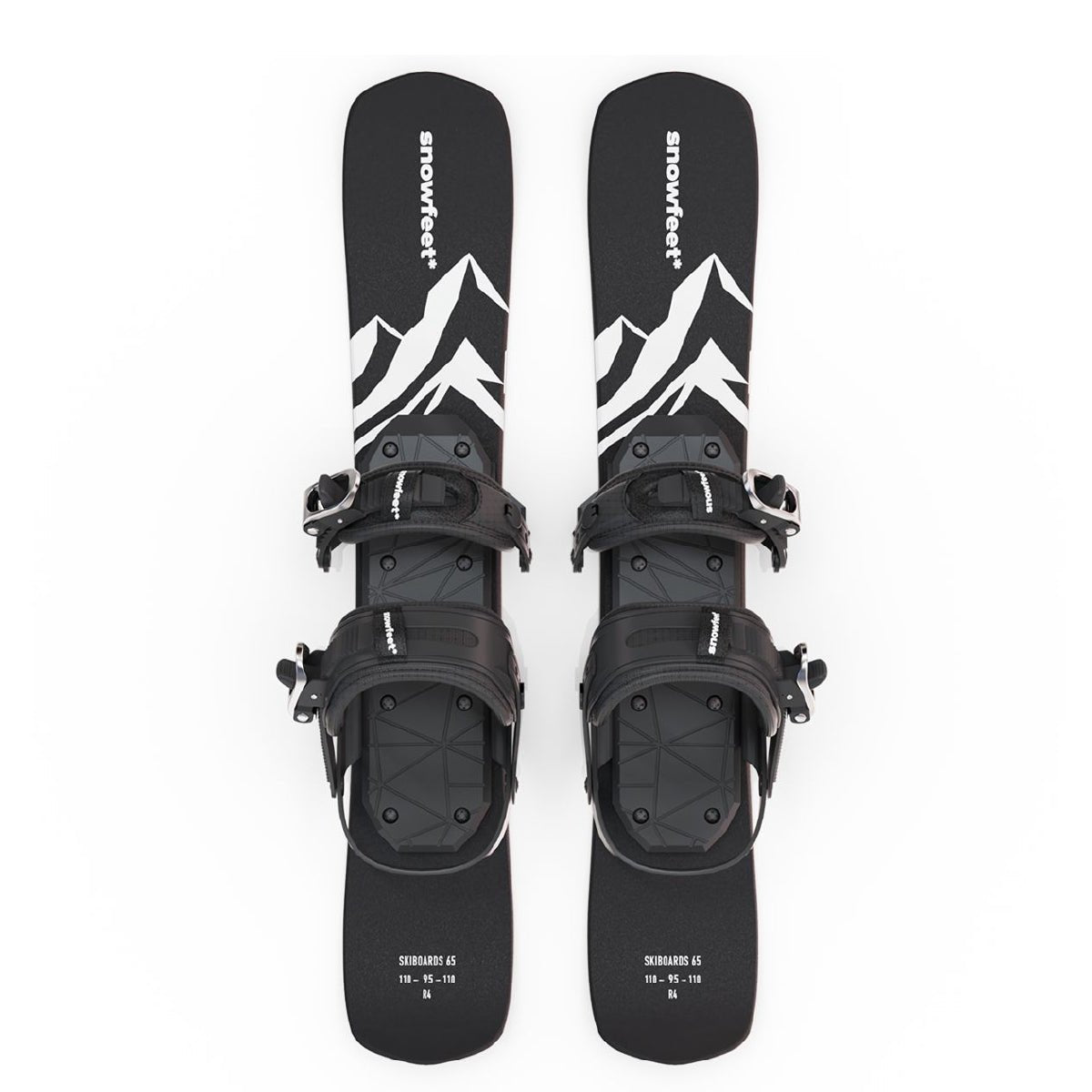

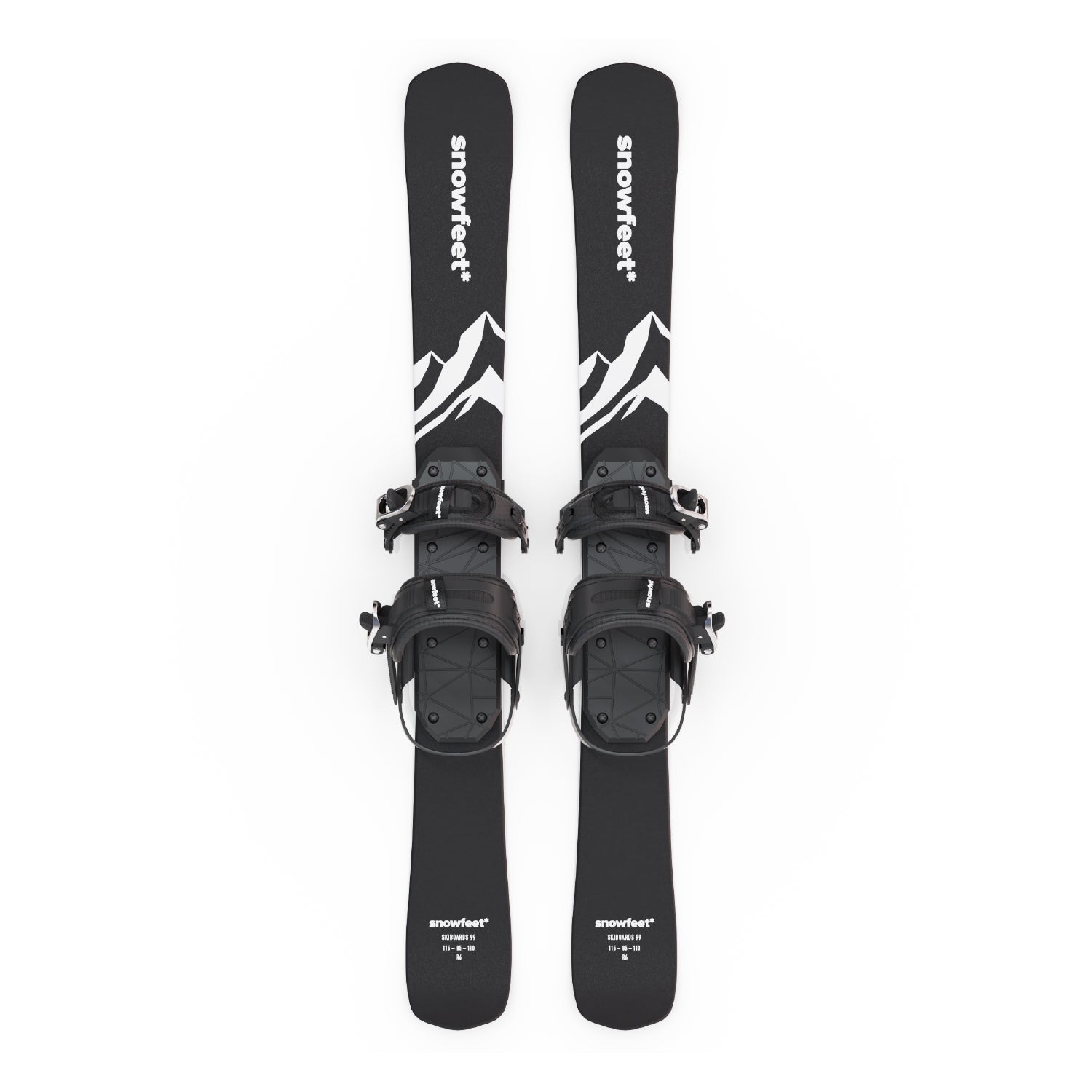
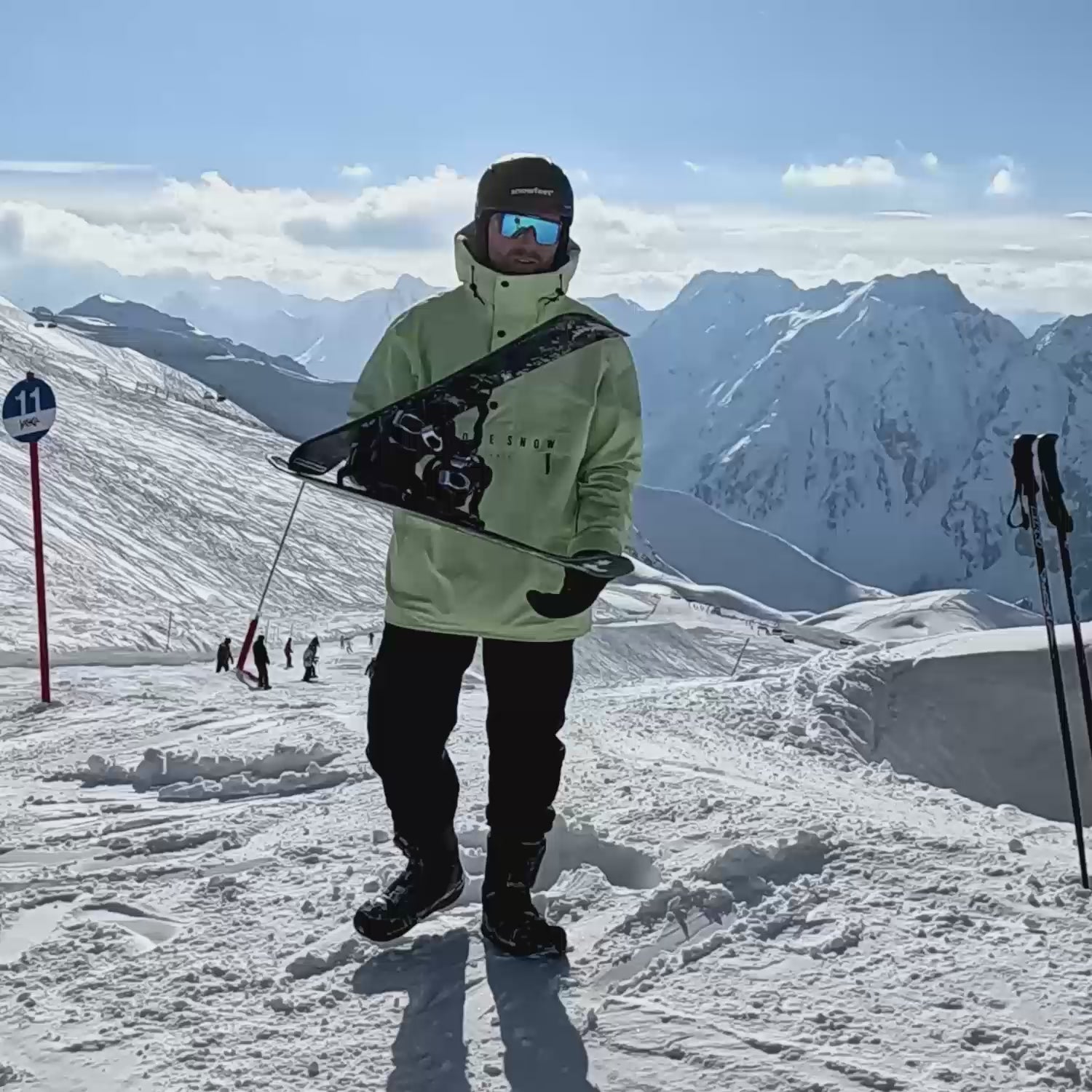
Leave a comment
This site is protected by hCaptcha and the hCaptcha Privacy Policy and Terms of Service apply.